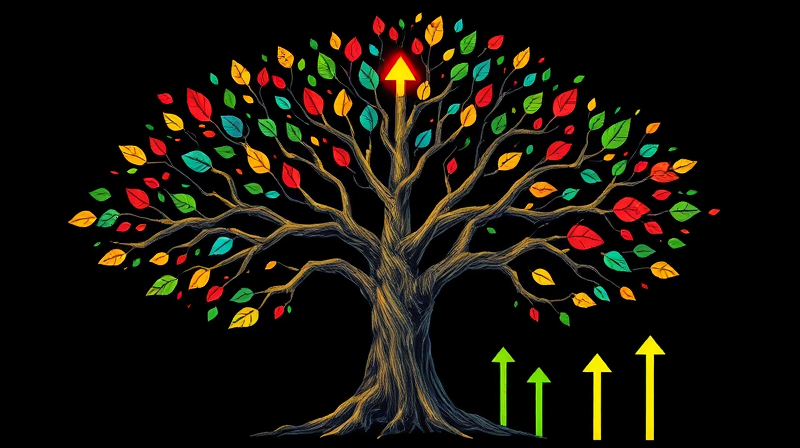
In today’s hyper-competitive marketplace, a powerful brand is more than just a name or logo—it’s a strategic asset that fuels sustainable growth. Organizations that invest in brand equity enjoy stronger customer loyalty, higher profit margins, and increased resilience during economic challenges. This article explores the multifaceted ways strong brands drive growth, backed by data, frameworks, and real-world examples, and offers actionable insights for leaders looking to amplify their brand presence.
Brands with robust equity consistently outperform peers on revenue metrics. Research shows branding efforts can boost annual revenue by 10–23% above industry averages. Iconic companies like Coca-Cola and Hershey’s demonstrate the ability to raise prices while retaining market share, even amid inflationary pressures.
Equally important is customer lifetime value. Consumers with an emotional bond to a brand exhibit up to 306% greater lifetime value and spend 67% more than first-time buyers. These figures underscore the critical role of loyalty in driving repeat purchases and higher average transaction sizes.
Strong brands create stable cash flows and reduce business volatility—a phenomenon often described as the brand as insurance effect. Companies with high brand valuation tend to recover more rapidly from crises and exhibit lower risk profiles, leading to better stock market performance.
One study found that top-connected brands achieved 31% higher revenue growth compared to less-recognized peers. Moreover, shareholders benefit from predictable returns and enhanced market confidence when a brand resonates deeply with consumers.
Each of these elements works in concert to elevate brand equity. For example, consistent visual and verbal identity across channels contributes 10–20% of overall growth, yet only 30% of brands rigorously follow their guidelines.
Brand storytelling amplifies memorability by up to 22 times, and emotional narratives can drive conversion rates up to 96%. Meanwhile, advocacy influences 20–50% of purchase decisions, making satisfied customers your most effective marketing channel.
Brand touchpoints matter. On average, customers require 6–7 brand impressions before committing to a purchase. Sensory cues like color consistency boost recognition by 80%, and 50% of consumers show a preference for recognized brands.
Visual content further amplifies engagement: posts with images generate 650% more interactions, while video campaigns support 96% of companies in boosting awareness. Together, these insights highlight how integrated brand experiences shape consumer decisions at every stage of the funnel.
By aligning brand strategy with core business objectives—such as market expansion or margin improvement—companies unlock lasting competitive advantage and strengthen trust. A formal measurement framework ensures that every branding dollar translates into measurable impact.
Coca-Cola and Hershey’s exemplify brand resilience, outperforming competitors during economic downturns. Meanwhile, digital platforms like WeChat top brand recognition indices by seamlessly integrating services and messaging into daily routines.
Emerging trends include influencer marketing, which yields $6.50 for every dollar invested, and personal branding—CEOs with strong public personas can influence up to 50% of corporate reputation. In developing markets, 68% of consumers prefer new products from familiar brands, underscoring the global significance of trust.
Inconsistent branding not only erodes recognition but also weakens emotional bonds, leading to lost sales and lower customer lifetime value. Shockingly, only 23.85% of companies formally use brand guidelines, representing a significant untapped opportunity.
Strong brands are not built overnight. They require deliberate strategy, rigorous measurement, and a steadfast commitment to authenticity. By embracing the principles outlined above—consistency, awareness, storytelling, and advocacy—leaders can transform their brands into powerful engines of growth, resilience, and long-term value.
References













